Venting the Dryer Dilemma
Alia Al
11 years ago
Featured Answer
Sort by:Oldest
Comments (10)
Karl Lonieski
11 years agoAlia Al
11 years agoRelated Professionals
Peru Kitchen & Bathroom Designers · Schenectady Kitchen & Bathroom Designers · Southbridge Kitchen & Bathroom Designers · Wentzville Kitchen & Bathroom Designers · Glen Allen Kitchen & Bathroom Remodelers · Vista Kitchen & Bathroom Remodelers · Ahwatukee Flooring Contractors · Cedarburg Flooring Contractors · Everett Flooring Contractors · Gallatin Flooring Contractors · Little Falls Flooring Contractors · Mesa Flooring Contractors · Myrtle Beach Flooring Contractors · North Tustin Flooring Contractors · Ossining Flooring Contractorsdadoes
11 years agoAlia Al
11 years agosparky823
11 years agolee676
11 years agodadoes
11 years agonerdyshopper
11 years agonerdyshopper
11 years ago
Related Stories
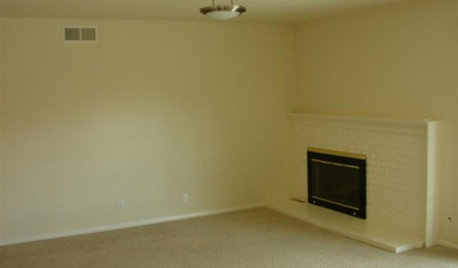
FIREPLACESDesign Dilemma: Difficult Corner Fireplace
Where to Put the TV? Help a Houzz Reader Set Up His New Living Room
Full Story
TRIMHow to Fix a Mirror-Above-the-Mantel Dilemma
Got an unmovable mirror over your fireplace? Use trim to turn it into a feature that will turn heads
Full Story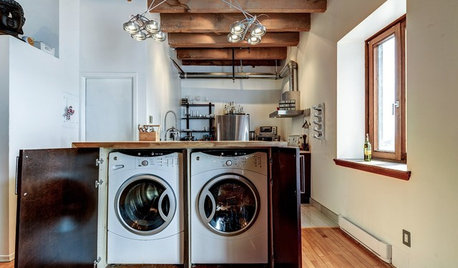
LAUNDRY ROOMSA Kitchen Laundry Cabinet Full of Surprises
A little DIY spirit allowed this homeowner to add a washer, dryer, kitchen countertop and dining table all in one
Full Story
REMODELING GUIDESContractor Tips: Advice for Laundry Room Design
Thinking ahead when installing or moving a washer and dryer can prevent frustration and damage down the road
Full Story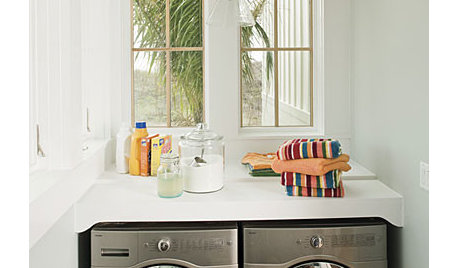
LAUNDRY ROOMSLaundry Makes a Clean Break With Its Own Room
Laundry rooms are often a luxury nowadays, but a washer-dryer nook in a kitchen, office or hallway will help you sort things out
Full Story
FUN HOUZZTechnicolor Solutions to 3 Popular Home Peeves
Imagination runs wild in these illustrated solutions for Houzzers' home dilemmas
Full Story
KITCHEN DESIGNA Cook’s 6 Tips for Buying Kitchen Appliances
An avid home chef answers tricky questions about choosing the right oven, stovetop, vent hood and more
Full Story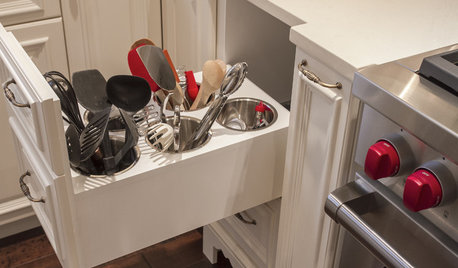
MOST POPULARThe 15 Most Popular Kitchen Storage Ideas on Houzz
Solve common kitchen dilemmas in style with custom and ready-made organizers, drawers, shelves and more
Full Story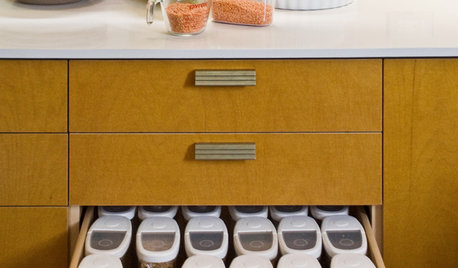
KITCHEN DESIGN6 Clever Kitchen Storage Ideas Anyone Can Use
No pantry, small kitchen, cabinet shortage ... whatever your storage or organizing dilemma, one of these ideas can help
Full Story
LAUNDRY ROOMSThe Cure for Houzz Envy: Laundry Room Touches Anyone Can Do
Make fluffing and folding more enjoyable by borrowing these ideas from beautifully designed laundry rooms
Full StoryMore Discussions






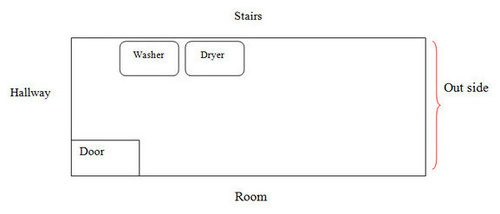
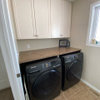
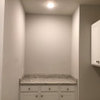
Alia AlOriginal Author